Destination Diamonds: Botswana’s Best Kept Secrets
Our new series, “Destination Diamonds,” uncovers the must-see travel destinations in diamond producing regions of the world. Take a closer look at Botswana.
Botswana’s soil may be studded with precious diamonds, but what lies above the surface sparkles even brighter. For the traveler, memories of this nation’s unparalleled wildlife and wilderness will stay with them forever.
What to See and Do on a Trip to Botswana
Few if any countries on the planet can claim more unique and pristine wilderness areas than Botswana, and it is a fact not lost on Southern African wildlife. Vast populations of iconic species have migrated here, and now move through the country’s varied environments with the ebb and flow of the seasons. This rich natural tapestry makes Botswana the ultimate African safari destination.
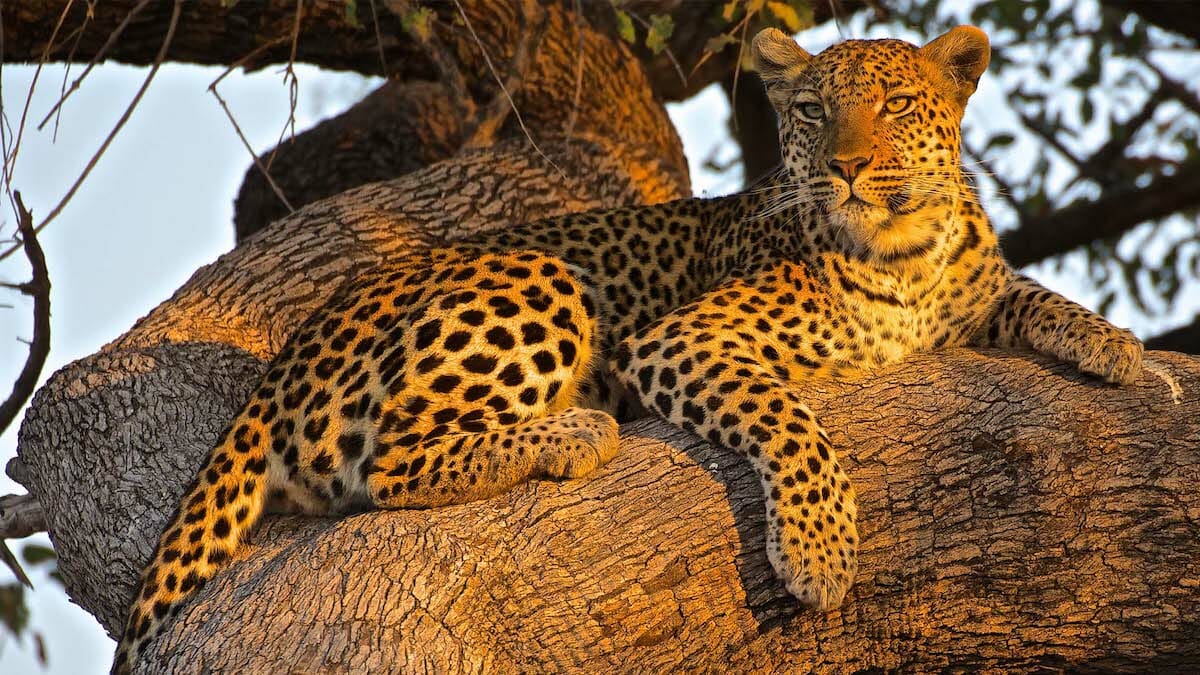
Okavango Delta
Nowhere is this more true than in the Okavango Delta, an enthralling inland waterway that expands and contracts during the year, covering almost 8000 square miles at its peak. Long after the rains have ended here, flood waters arrive under the bluest of skies. Having traveled for months from the Angolan highlands, they flow into myriad channels, re-create islands and bring a verdant beauty to this incredible landscape. And they don’t just breathe new life into the environment, these waters also attract some of Africa’s greatest wildlife – leopards lurk in trees, elephants wade through the open grasses and lechwe antelope bound through the shallow waters.
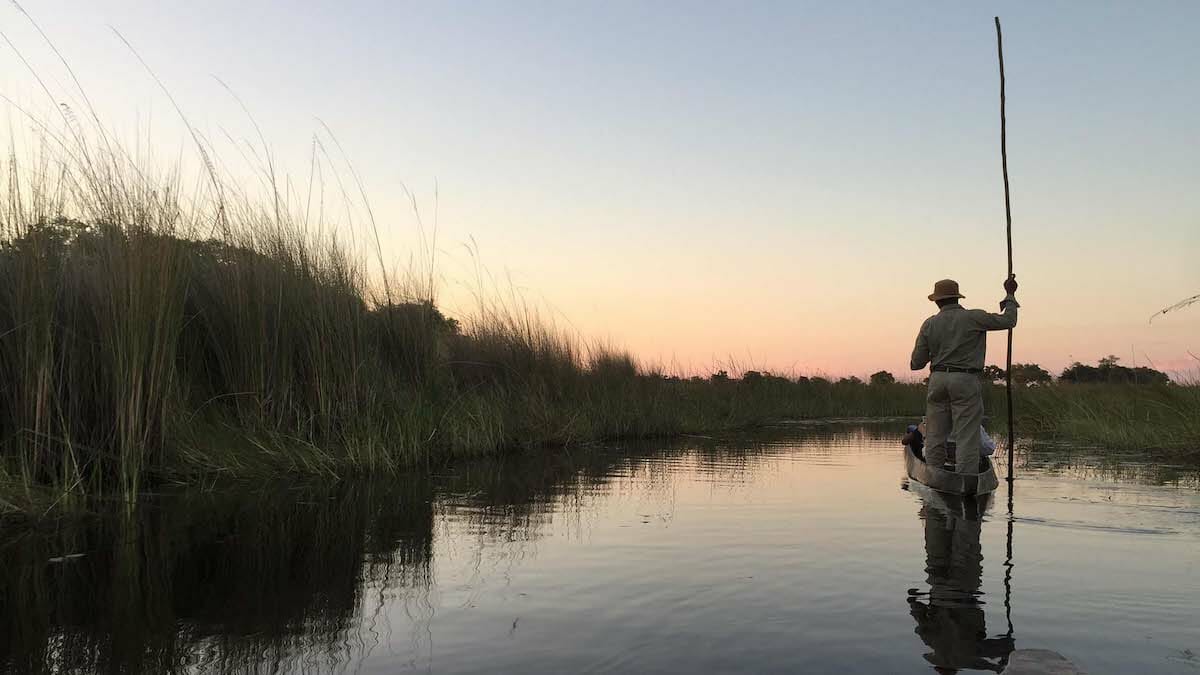
Go on a Safari
Safaris here are spellbinding, whether on game drives on the islands, boating in the open waters or being timelessly transported in a mokoro (traditional dugout canoe) through narrow reed-lined channels. Here it’s not watching nature, it’s becoming one with it. Despite being some of the most isolated on the continent, with access to many only possible via light aircraft, the low-impact safari camps in the Okavango are as renowned for their beauty, service and comfort as they are for embracing the environment that they call home.
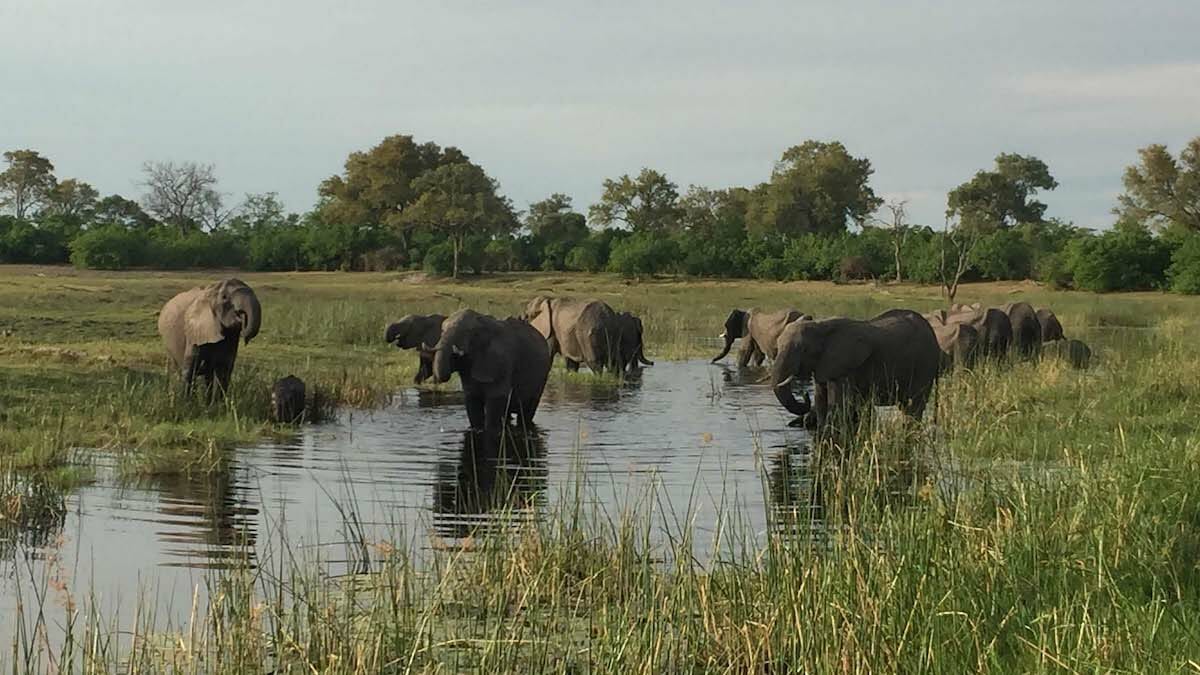
Chobe National Park
Chobe National Park in the northeast is another spectacle, with the world’s largest elephant population congregating along the Chobe River – it is not uncommon to see a chain of them crossing the depths of the river, with only their trunks visible above the water’s surface. Mingling with these massive pachyderms on the great river’s banks are countless groups of other species: pods of hippos, prides of lions, herds of buffaloes and towers of giraffes. Much like in the Okavango Delta, the birdlife at Chobe is also prolific.
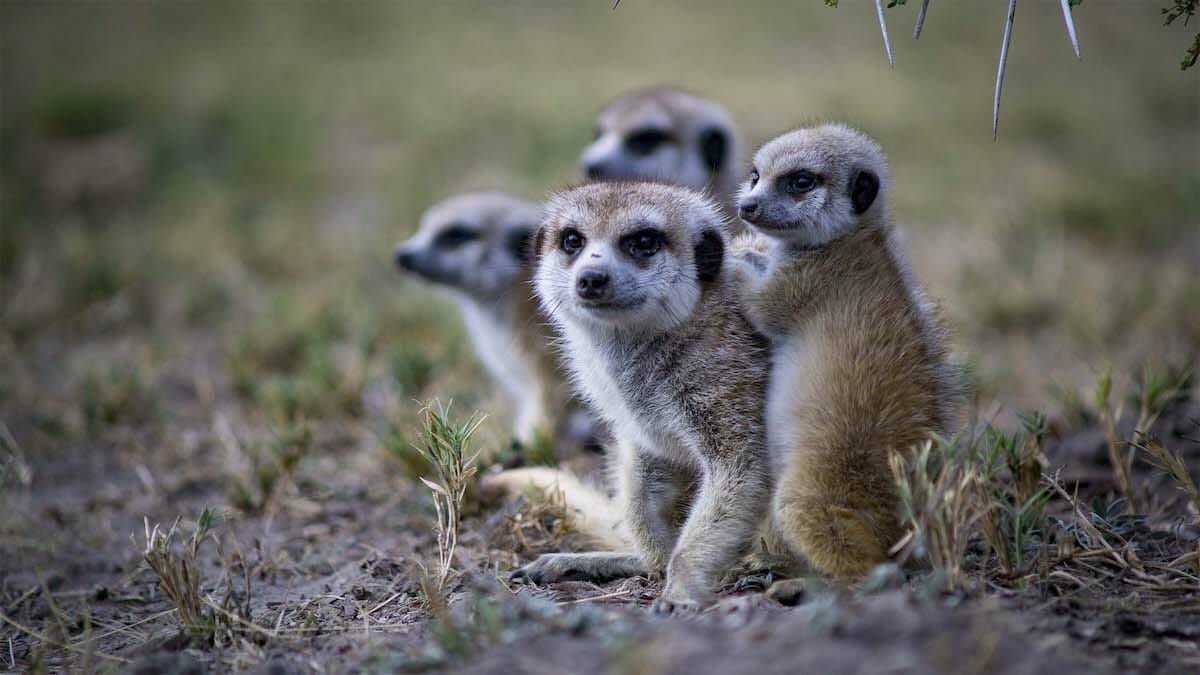
Makgadikgadi Pans
Striking a stark contrast to the lush surrounds of the Okavango and Chobe are the beautifully bleak Makgadikgadi Pans. Cut off from the rich waters of the north due to a tectonic shift thousands of years ago, these dried lake beds offer a surreal, almost lunar experience. Glistening white under the African sun, they still provide stomping grounds for an annual zebra migration and some large predators too. Yet, one of the most rewarding wildlife encounters here are with some of the smaller species, namely meerkats. The unique behaviours and family dynamics of these gregarious creatures always elicits smiles from those who are lucky enough to spend time with them. It is possible to explore the pans on foot, by 4WD vehicle or quad bike, the latter of which adds some adrenaline to the experience.
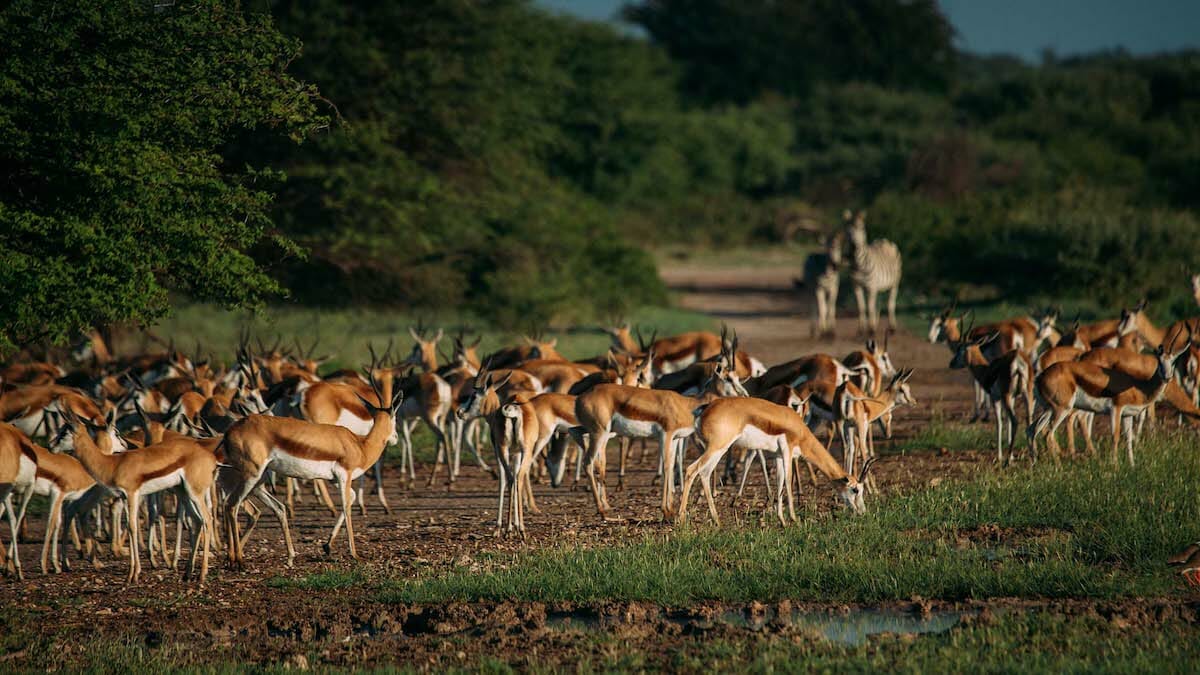
Orapa Game Park
On the southern fringes of the Makgadikgadi is Orapa Game Park, which is owned and managed by Debswana, a 50/50 joint venture between De Beers Group and the Government of Botswana. It is one of eight reserves that are part of De Beers’ Diamond Route, a unique collection of biodiversity conservation sites across southern Africa. Orapa Game Park offers a window into how revenues from diamonds are helping to create a sustainable future for both Botswana’s citizens and its wildlife into its eventual post-mining era. Visitors to Orapa now have the opportunity to mix wildlife watching with a look inside the modern Diamond Museum, which sheds light on the transformational role the industry has played in shaping modern Botswana.
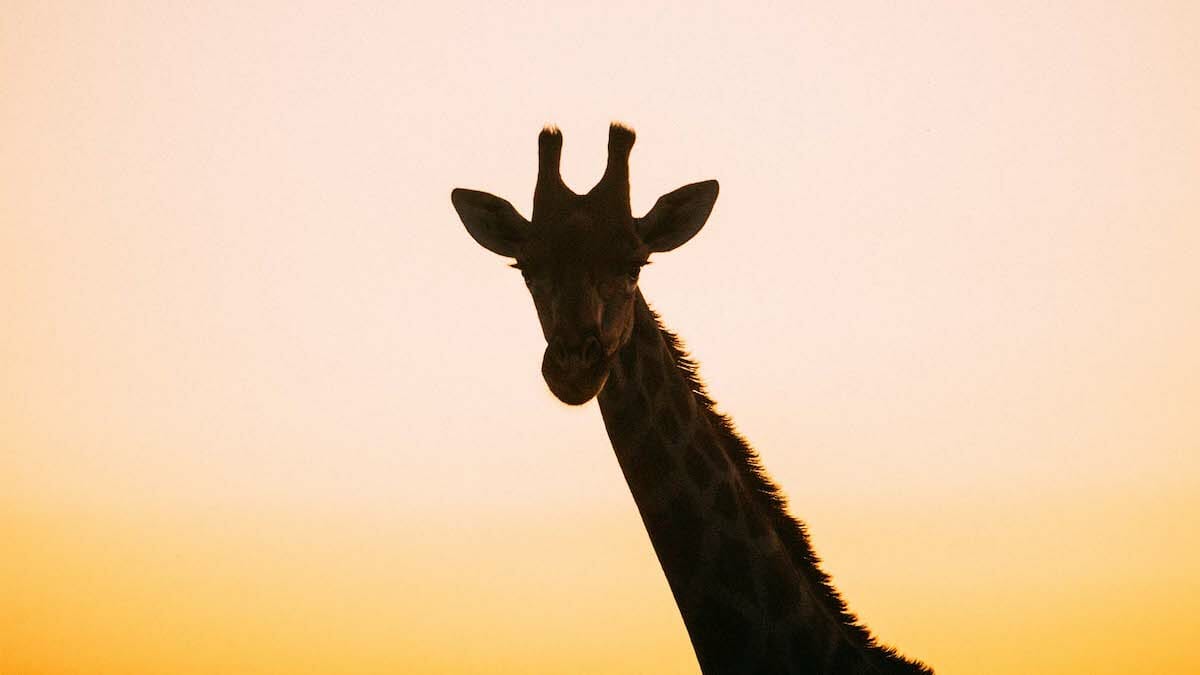
Botswana is Known for Diamonds
From the discovery of the first diamond in Botswana in the late 1960s, to today where the nation is the world’s largest producer of diamonds by value, the country has done what few others have – responsibly harness its natural wealth for the good of its citizens and its environment. In the process it has gone from one of Africa’s poorest nations to one of its richest per capita. The government has played a huge role in the success, working alongside and in partnership with diamond mining companies to create valuable legacy program such as Lucara Diamond, who work with communities to establish valuable legacy programs and De Beers Group through their Building Forever goals. And it is this forward-thinking stewardship shown by leadership, industry and the people of Botswana together that has ensured the vast natural wonders of the Okavango Delta, Chobe National Park and the Makgadikgagdi Pans are thriving so well today, and why they will continue to sustain Botswana long into the future through income generated by responsible tourism.
Top Tips for Visiting Diamond Destination Botswana
When is the best time to visit Botswana?
The best time to visit Botswana is between May and September when the skies are dry and the Okavango is flooded with life – it’s ideal for safaris in the delta and elsewhere; November to April is wet season, but it’s the best time for bird watching.
Where should you stay in Botswana?
Mombo: Located on Chief’s Island in the heart of the Okavango’s Moremi Game Reserve, this iconic eco-camp offers an unadulterated window into the epic wildlife in the delta. The guiding, dinning and accommodation are all world-class.
Chobe Game Lodge: Located on the bank of the Chobe River in Chobe National Park, this lodge is a pioneer in sustainable safaris. Electric game drive vehicles and boats make for serenely silent (and eco-friendly) wildlife experiences, and its own biogas plant and recycling programs reduces its environmental footprint. The lodge also supports the empowerment of women, and it is home to Africa’s first all-female team of safari guides.
Camp Kalahari: Located on the fringe of Makgadikgadi Pans National Park at Nwetwe Pan, this 12-tent camp sits amongst swaying palms and serves as a jumping off point for meerkat viewings, quadbike safaris and cultural San encounters.
